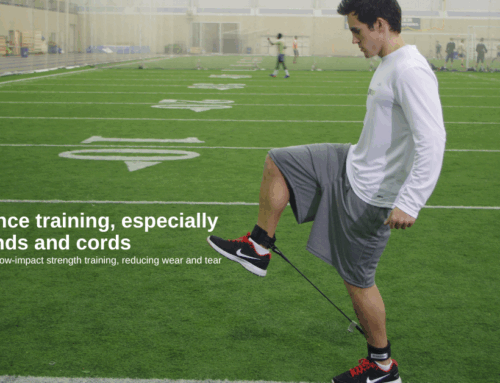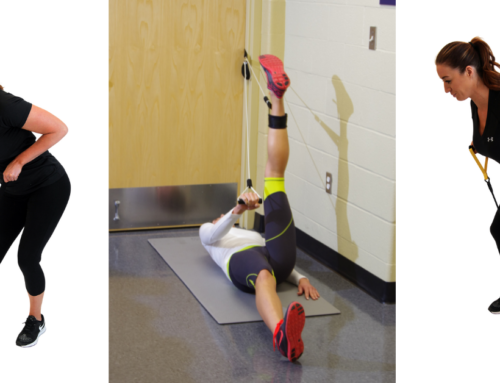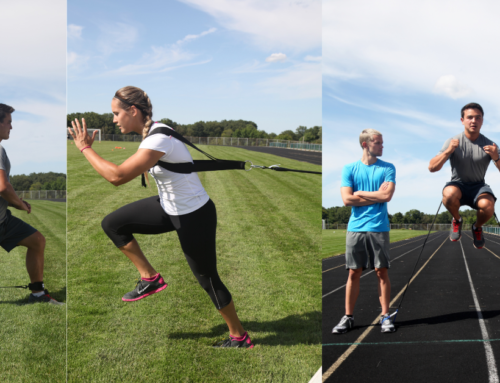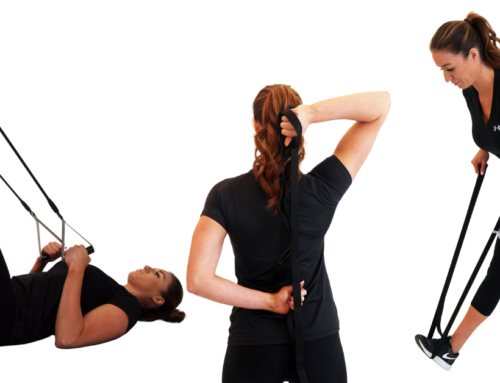As the winter frost settles in, triathletes often find themselves grappling with the challenge of maintaining a comprehensive training regimen. The colder temperatures and unpredictable weather can make outdoor training daunting, but fear not! This winter, we’re introducing a game-changer to keep your triathlon dreams alive – resistance cords. These versatile tools can transform your winter training routine, ensuring that you emerge from the colder months stronger, more flexible, and ready to conquer any triathlon course.
Understanding the Importance of Winter Training for Triathletes
Triathletes are no strangers to the demands of swimming, cycling, and running, but what happens when the open water is frozen, and the roads are covered in snow? This is where a purposeful winter training plan comes into play. Winter training serves several crucial purposes:
- Maintaining Fitness Levels: Consistent training throughout the winter prevents the loss of hard-earned fitness gains achieved during the race season.
- Building Strength and Endurance: Focusing on specific strength and endurance workouts during the off-season sets the foundation for peak performance when race season returns.
- Injury Prevention: Addressing weaknesses and imbalances in the off-season can help prevent injuries during intense training periods.
Now, let’s dive into why resistance cords are the perfect ally for your winter training arsenal.
The Versatility of Resistance Cords
Resistance cords, also known as resistance bands or tubes, are elastic bands that provide resistance when stretched. They come in various resistance levels, making them suitable for athletes of all fitness levels.
Here’s why they are the ideal companion for winter training:
- Simulating Swim Strength: While the lakes and oceans may be too chilly for open water swims, resistance cords offer a fantastic alternative. By mimicking the resistance of water, these cords engage the muscles used in swimming, helping you maintain and build swim-specific strength.
- Cycling Power Boost: Enhance your pedal power with resistance cord exercises. These workouts focus on strengthening the muscles involved in cycling, translating to improved leg strength and stability. Cyclists will appreciate the carryover effect when they hit the roads again.
- Running Stability and Endurance: Cord exercises are not limited to the upper body. Incorporating them into your routine can target stabilizing muscles crucial for running. Building strength and stability in these areas can contribute to improved endurance and reduced risk of injury during the running leg of your triathlon.
Sample Winter Resistance Cord Workouts
Now, let’s break down some sample workouts you can incorporate into your winter training plan:
- Swim-Strength Circuit (Repeat 3 Times)
Resistance Cord Swims – StrechCordz® with Paddles:
- Secure the resistance cord around a stationary object.
- Stand facing the anchor point, holding the cord with both hands extended.
- Simulate a swim stroke by pulling the cord towards your hips.
- Focus on engaging your core and mimicking the swim movement.
- Repeat for 15 strokes.
Lateral Leg Raises – StrechCordz® with Leg Straps:
- Attach the resistance cord to a stable surface.
- Anchor it to your ankle and stand perpendicular to the anchor point.
- Lift your leg sideways against the resistance, targeting hip abductors.
- Repeat 15 times on each leg.
- Cycling Power Circuit (Repeat 3 Times)
Seated Leg Press – StrechCordz® Basic Dryland Trainer:
- Sit on the floor with legs extended and loop the resistance cord around your feet.
- Hold the handles with both hands and press your legs forward against resistance.
- Emphasize a smooth, controlled movement.
- Repeat for 20 presses.
Single-Leg Squats:
- Anchor the resistance cord at hip height.
- Stand on one leg and hold the handles with both hands.
- Perform squats, focusing on balance and stability.
- Repeat 15 times on each leg.
- Run-Ready Stability Circuit (Repeat 3 Times)
Plank Pulls:
- Attach the resistance cord to a low anchor point.
- Assume a plank position with handles in your hands.
- Alternately pull each handle towards your hip, engaging your core.
- Maintain a straight body throughout.
- Repeat 20 pulls (10 each side).
Resistance Cord Lunges:
- Step one foot forward, securing the resistance cord under the front foot.
- Hold the handles at shoulder height.
- Perform lunges, emphasizing control and balance.
- Repeat 15 times on each leg.
Tips for Effective Resistance Cord Training
- Proper Form: Maintain proper form during exercises to maximize effectiveness and reduce the risk of injury.
- Progressive Resistance: As your strength improves, gradually increase the resistance level of your cords to continue challenging your muscles.
- Consistency is Key: Incorporate resistance cord workouts into your routine consistently for the best results.
- Warm-Up: Begin each session with a dynamic warm-up to prepare your muscles for the exercises.
- Cool Down and Stretch: Finish your workouts with a cool-down and stretching routine to enhance flexibility and aid recovery.
Conclusion
Don’t let the winter blues slow down your triathlon journey. Embrace the power of resistance cords to stay on track, build strength, and emerge from the colder months as a stronger, more resilient athlete. Whether you’re aiming for a personal best or preparing for an upcoming race season, winter training with resistance cords is your ticket to success. So, gear up, stay motivated, and let the cords guide you through a winter of transformative training. Your triathlon goals await – conquer them with the strength forged in the winter crucible.





